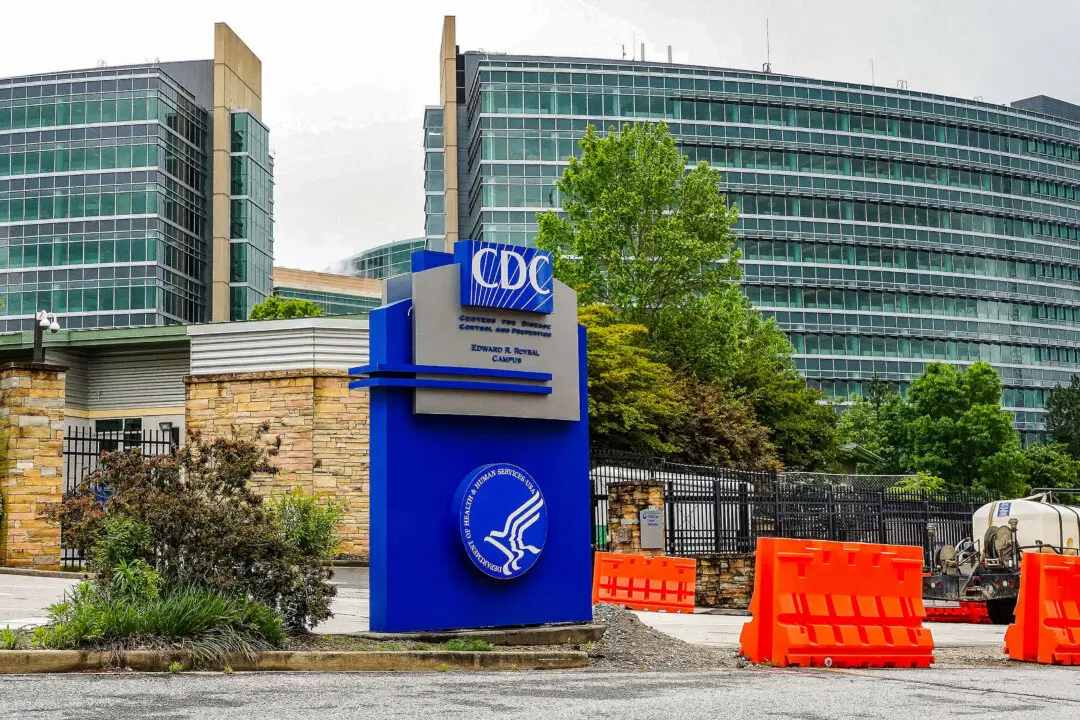As the death toll from the 7.5 magnitude earthquake and tsunami continues to mount in Indonesia, footage that shows the ground turning into liquid has amazed and horrified.
“The ground rose up like a spine and suddenly fell. Many people were trapped and buried under collapsed houses. I could do nothing to help,” one survivor told The Associated Press of the phenomenon, known as liquefaction.




